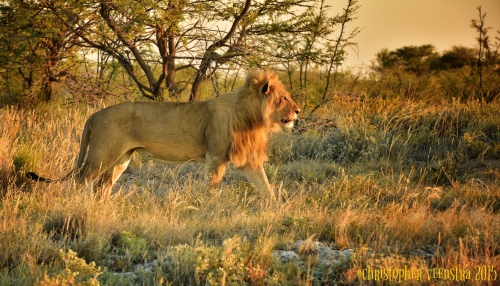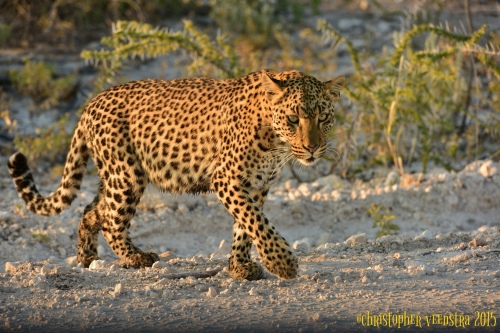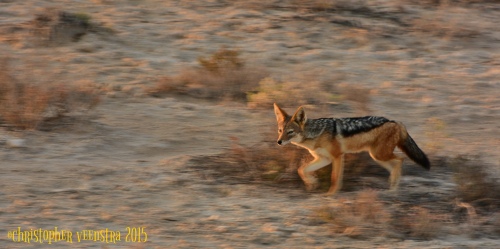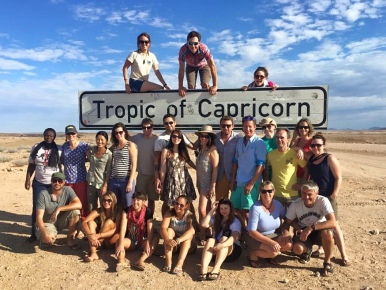Our 2015 travel season was a good one. Spending four months in Africa was a travel dream come true and the memories created during that time will be with us forever. With that said, we knew that 2016 would be very different for us as far as traveling goes. The economy in our region of Canada tanked as of late and our Canadian dollar followed. Hyo Jin also started a new job. So this year we made the decision to keep our explorations closer to home and get reacquainted with our own beautiful mountain parks and the incredible nature that our neck of the woods have to offer. But we are travel junkies and we were going to get our foreign fix even if it was for just a few weeks. So shortly after Christmas we left the snow and the cold behind, packed our bags and headed for warmer climes… Mexico it was!
We had been to Mexico before and really enjoyed the states of Quintana Roo and Yucatán so this year we returned to explore that area a little more in depth and discover some new places as well. We had three weeks at our disposal and we were going to spend them on a road trip that would take us through Q-Roo, the Yucatán, Campeche, Chiapas and back again.
We flew into Cancún and spent our first couple of nights in Playa del Carmen, a once quaint seaside town in the heart of the Mayan Riviera. These days it’s a bit of a different story, mind you, it was the holiday season and the popular BPM festival was in full swing as well. It's still a fun and lively place to while away a couple of days though. Anyways, we had our rented wheels and we put them to good use. We rang in New Year’s in the beautiful colonial city of Mérida and the next day it was time to begin the road trip proper.
Our route would take us from Mérida to the ancient Mayan sites of Uxmal and Edzná via the Ruta Puuc and onto Campeche City. From there we headed to the incredible Mayan ruins of Palenque and then deeper into Chiapas via the treacherous route 199 to San Cristóbal de las Casas and the Sumidero Canyon. From there we did a 180 and headed back towards Palenque taking in some other sights along the way such as the archaeological site of Toniná and the natural wonders of Misol-Há and Agua Azul. We then used Palenque as a base to venture out to the Mayan riverside temples at Yaxchilán along the Guatemalan border and the ornately painted temples of Bonampak not too far from there- an easy day trip from Palenque. After that we headed to Xpujil, a small town in Campeche that served as an ideal base to check out the impressive jungle ruins of Calakmul and the equally impressive site of Becan just out of town. Once finished in that area we headed back to Valladolid in Yucatán– a destination in itself but an excellent place to stay while checking out the nearby Mayan ruins of Chichén Itzá, Ek’ Balam and even Cobá, not to mention the many gorgeous cenotes that puncture the landscape throughout that area. A couple nights in Tulum (again a great place to explore ruins, beaches and cenotes from) and it was back to Playa for us. Three weeks go by fast when attempting an itinerary as ambitious as this one! But this is a great 3-week route that serves up a balanced mix of colonial architecture, Mayan ruins, jungle, wildlife, waterfalls, beaches, culture, cuisine, and cenotes.
So that was our Mexican road trip… well the route anyways. I will now elaborate a little on some of our favorite places along the way and offer some suggestions on places not to miss when in the area.
Mayan Ruins: As far as Mayan ruins go I really think everyone will have an individual preference. If it’s your first time in Mexico or on a tight schedule, then you can’t go wrong with some of the more popular sites such as Tulum, Chichén Itzá, Ek’ Balam and Cobá. But be warned; these sites can get very crowded, especially during high tourist seasons. There is a reason though why the masses flock to Chichén Itzá- it is by far the best preserved (or restored) Mayan complex in southern Mexico with some amazing reliefs and even its own cenote. To miss the bulk of the crowds just plan to be there as it opens. If time affords, Palenque is magnificent and well worth what it takes to get there, but it too has also become quite busy over the years. It is still a tranquil place though when compared to Chichén Itzá. Palenque can also be combined with the picturesque waterfalls of Agua Azul and Misol-Há- a fantastic way to escape the heat of the area. But if you’re looking for an adventure and have some time to spare, then I highly recommend the jungle ruins of Calakmul and Becan. While the ruins here are among my favorites, the area is also a great destination if you are into spotting some wildlife. Did I mention that there is also a cave half way between Xpujil and the turnoff to Calakmul where you can watch the nightly exodus of a couple million bats- it’s really an incredible sight and not to be missed if in the neighbourhood.
Colonial Towns: We’ve always loved the colonial town of Valladolid in Yucatán and still very much recommend this place, but this trip we discovered great architecture, food, and people in Mérida, Izamal, Campeche and San Cristóbal de las Casas as well (especially San Cris). While in Valladolid you have to check out the brilliant Casa de los Venados– a private residence-cum-Mexican folk art museum. It operates on a donation basis and all the proceeds gets reinvested into the community through various programs. And if you do find yourself in Mérida, you must pay a visit to La Chaya Maya for the best eats on the peninsula.
Cenotes: There are plenty of these watery pits around. Some are cheap or even free, while others have been turned into natural theme parks and charge more than $100 a day. Then there are others that fall somewhere in between these two types. I recommend using Tulum and Valladolid as a base to discover some of the best cenotes, but other than that, just go and explore some for yourself.
Driving in Mexico: The crime in Mexico is staggering and well publicized but fortunately southern Mexico is relatively safe. You will still hear a lot of people warning that it is unsafe to drive on your own in this part of Mexico, especially in the state of Chiapas. I think it’s completely untrue. Sure you have to exercise a certain amount of caution; don’t leave valuables in plain sight or unattended in your vehicle and avoid driving at night (at least in Chiapas), but other than that you should have no problems at all. We were never robbed by banditos or terrorized by local guerilla groups, in fact, the only annoyances we experienced were the copious amount of ‘topes’ (speed bumps) that the government likes to place along their highways and the opportunity that the reduction in speed creates for the local children to try and sell you something you don’t want. In fact, southern Mexico is an ideal place for a road trip; the roads are generally in excellent shape, gas is cheap, rental vehicles are inexpensive (especially if you book in advance over the Internet) and having the freedom to move around and explore on your terms is liberating and you're never far from good lodging and food options either. It’s the only reasonable way to see some of the more remote sights in a the region and a great opportunity to discover and experience a truly authentic Mexico.





































































































